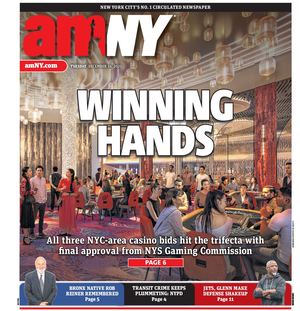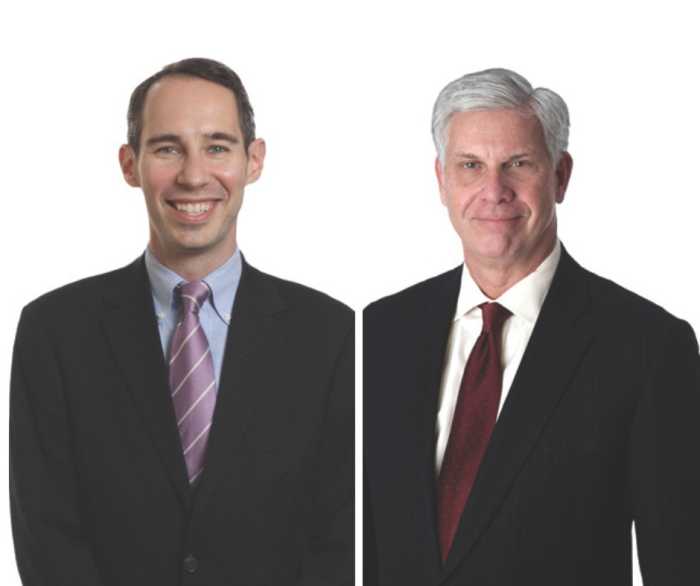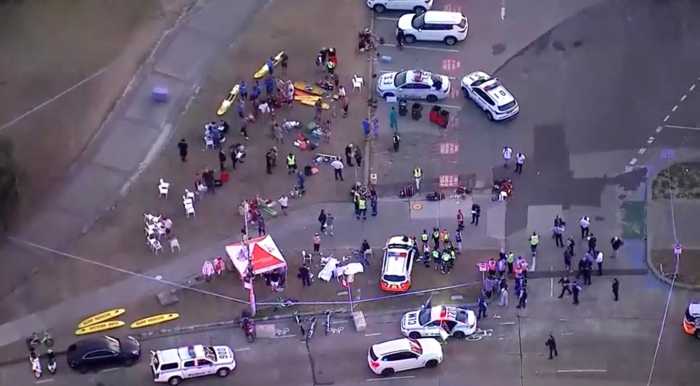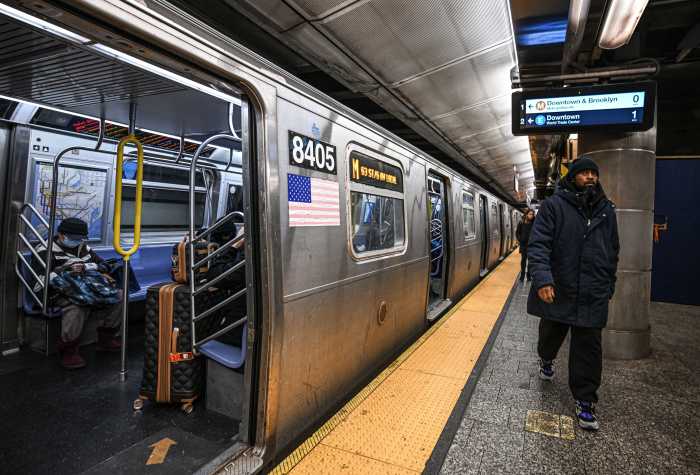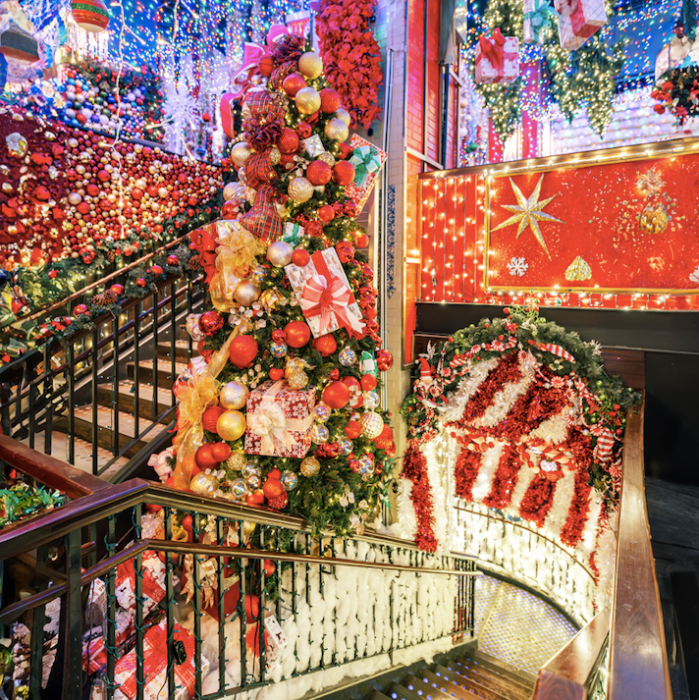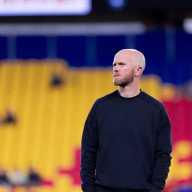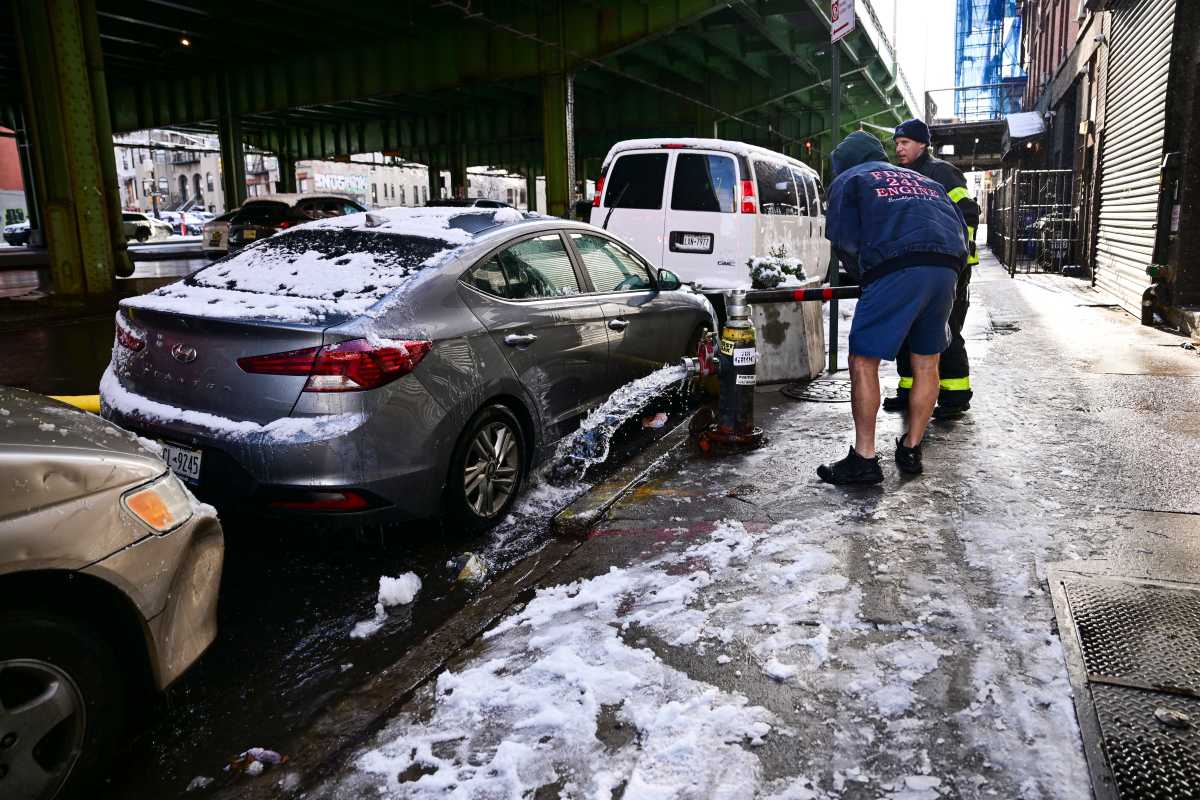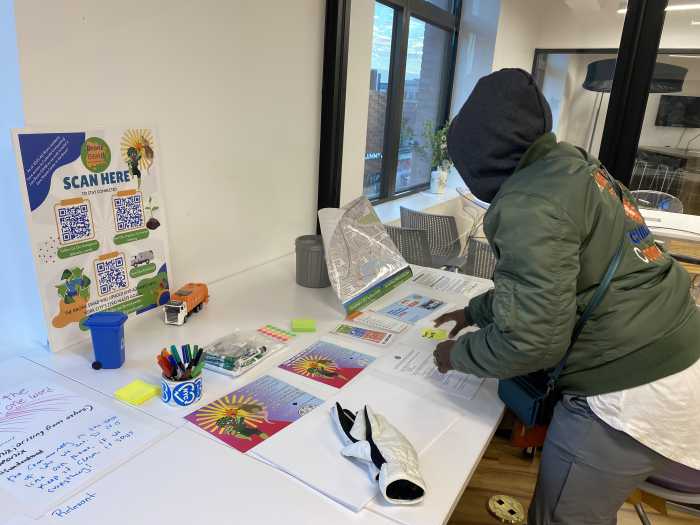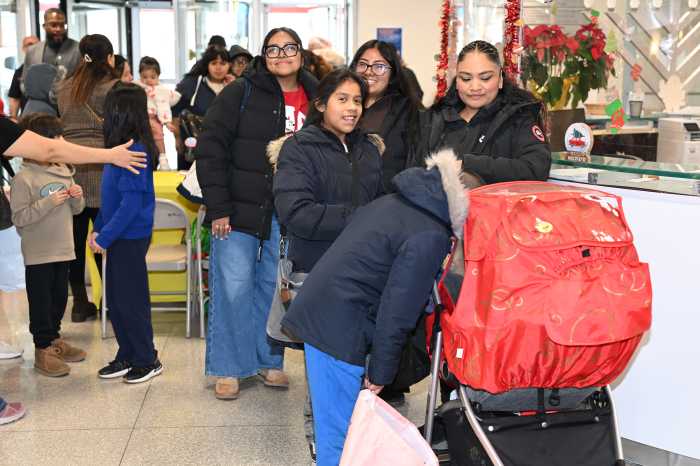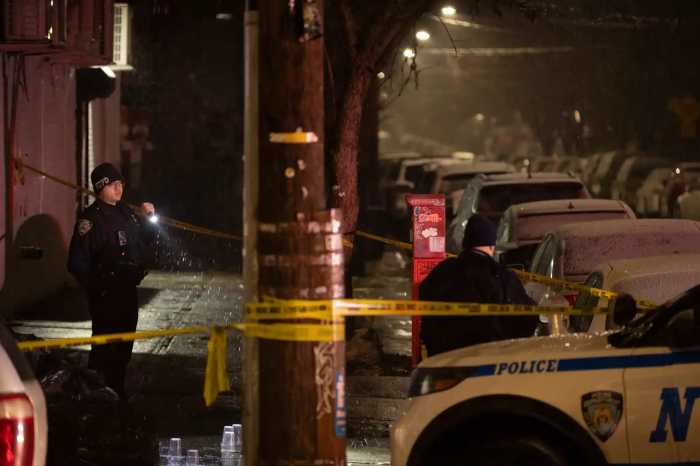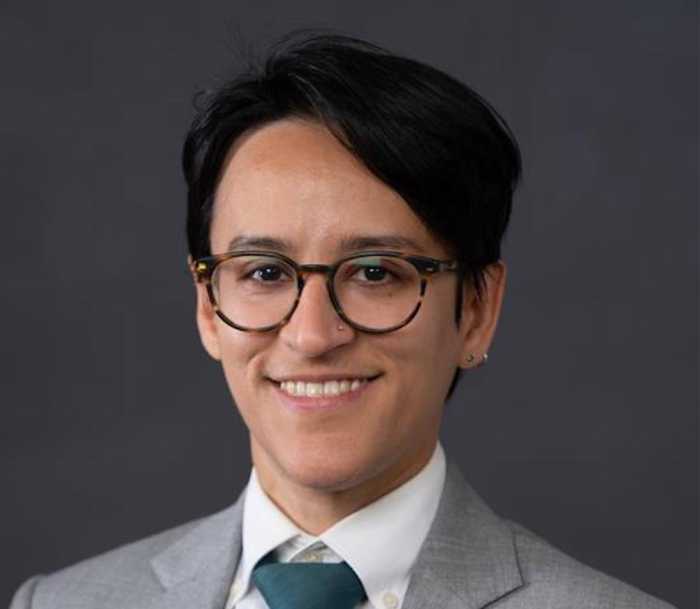On July 20, 1969, the United States landed all-Americans Neil Armstrong and Buzz Aldrin on the rocky surface of the moon. I was among 600 million people watching — a 5-year-old kid of the Space Age living in Clifton, New Jersey. As my Hot Wheels collected dust, I went gaga for outer space and astronauts.
Three weeks before, on June 28, a bus and a subway ride away from our family’s split Colonial, a band of gays, lesbians and trans people also launched into the great unknown. They sparked an unprecedented protest against a police raid at the Stonewall Inn. On that night, this group, which many may still consider the antithesis of anything all-American, began the modern LGBTQ movement. You wouldn’t know it by the headlines: Three days of New York Times coverage amounted articles buried between Pages 19 and 33.
On July 20, across the Hudson and years away from awareness of such events, my mom, dad, two older brothers and I watched a blurry black-and-white transmission on a 21-inch TV screen with walkie-talkie audio. Earlier, Armstrong had said, “The Eagle has landed.”
“What Eagle?” I thought. Armstrong was on our TV, setting foot on the moon with a fishbowl on his head. I ran to the patio. I wanted to see it with my own eyes, in color.
“But I can’t see the moon!” I said. The astronauts were as invisible to me and my family as the Stonewall protesters. “You can’t really see them,” said my brother Bob. I took it on faith, along with the Santa myth. Because as a 5-year-old gay-to-be with a penchant for pomp, a hero like Armstrong made sense. After extensive NASA screening, he rode on a one-of-a-kind spaceship to an exclusive destination, wore a custom outfit and ate freeze-dried ice cream. My grandmother helped me write a letter to NASA for his autographed photo.
As an out-of-the closet 30-something, I found that Saran-wrapped 8-by-10. But now a claustrophobic and an afraid-of-heights Cub Scout dropout, I reminded myself why I wasn’t at NASA.
I learned about my Stonewall forbears during the 25th anniversary celebrations. Like the astronauts, they headed into uncharted territory: Armstrong and team entered history on a fantastic rocket ship. Marsha P. Johnson and Sylvia Rivera, two of the Stonewall uprising’s leaders, likely arrived in heels, fueled only by years of oppression and rage. They and their comrades approached the unknown, arguably more bravely, from a far precinct of American society.
Armstrong and his crew risked their lives to advance humankind’s understanding of the universe. Similarly, Johnson and Rivera and their co-patriots gave voice to their rage and advanced human rights. They furthered America’s heritage of protest and uprising, right back to that most famous of tea parties in the harbor.
In the summer of 2019, precocious gay 5-year-olds and their families can come to know and respect all-American role models in and out of the LGBTQ community. Our heroes are no longer invisible.
Ron Bel Bruno writes about culture, urban living and relationships.
